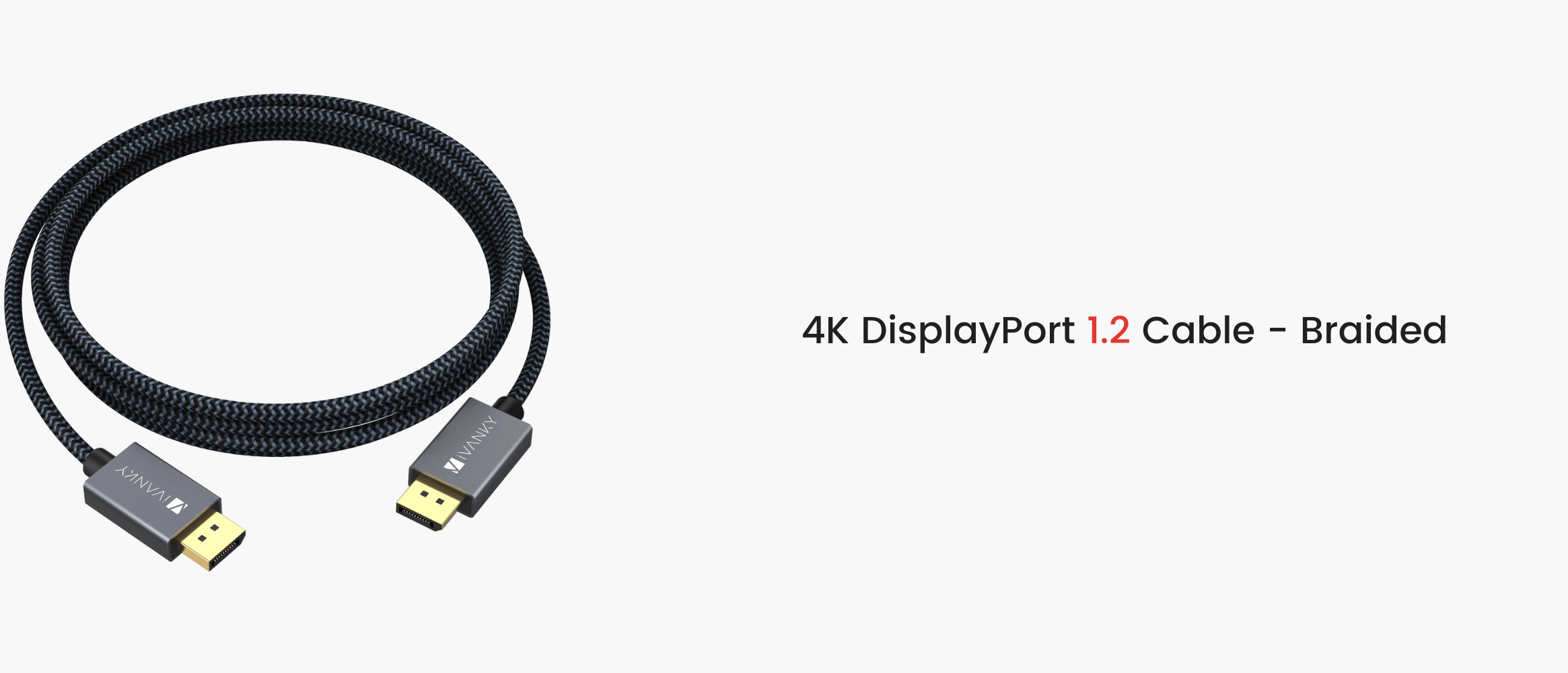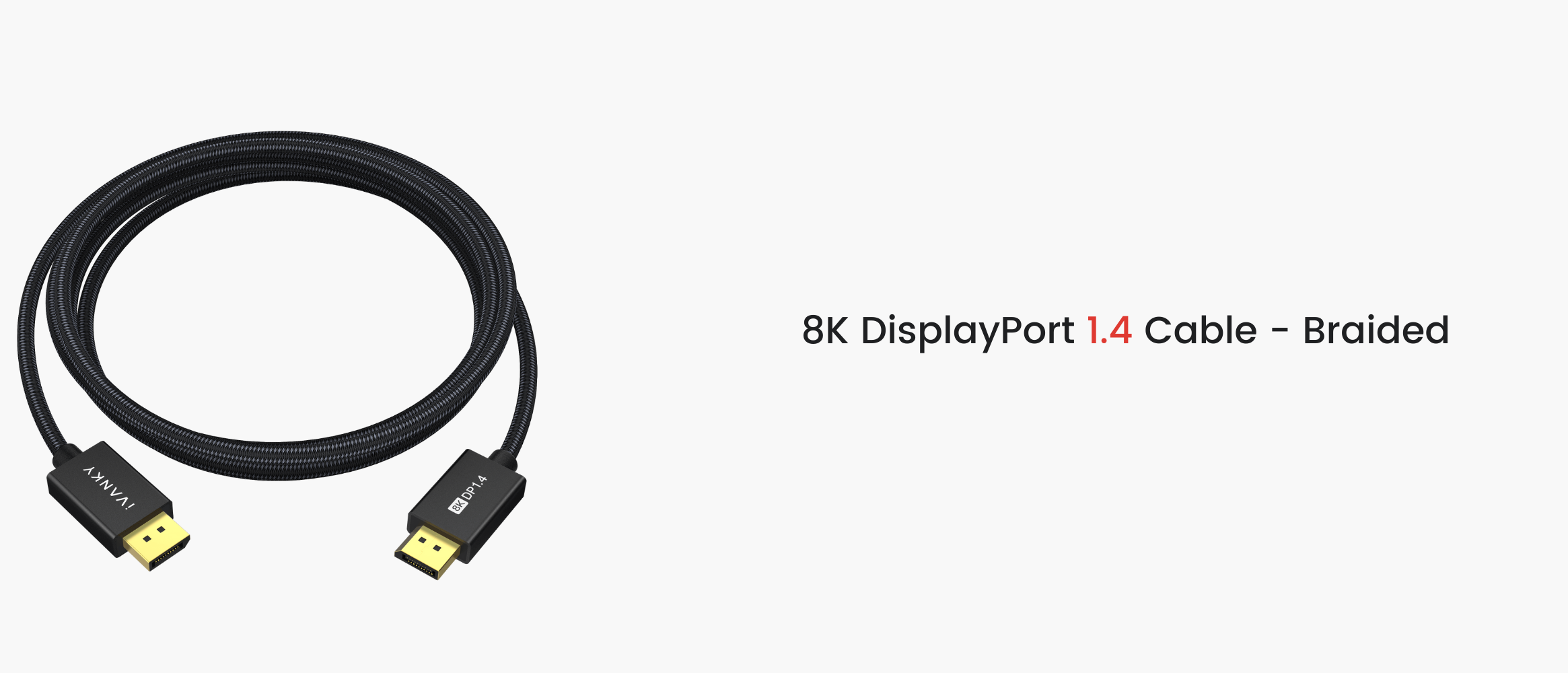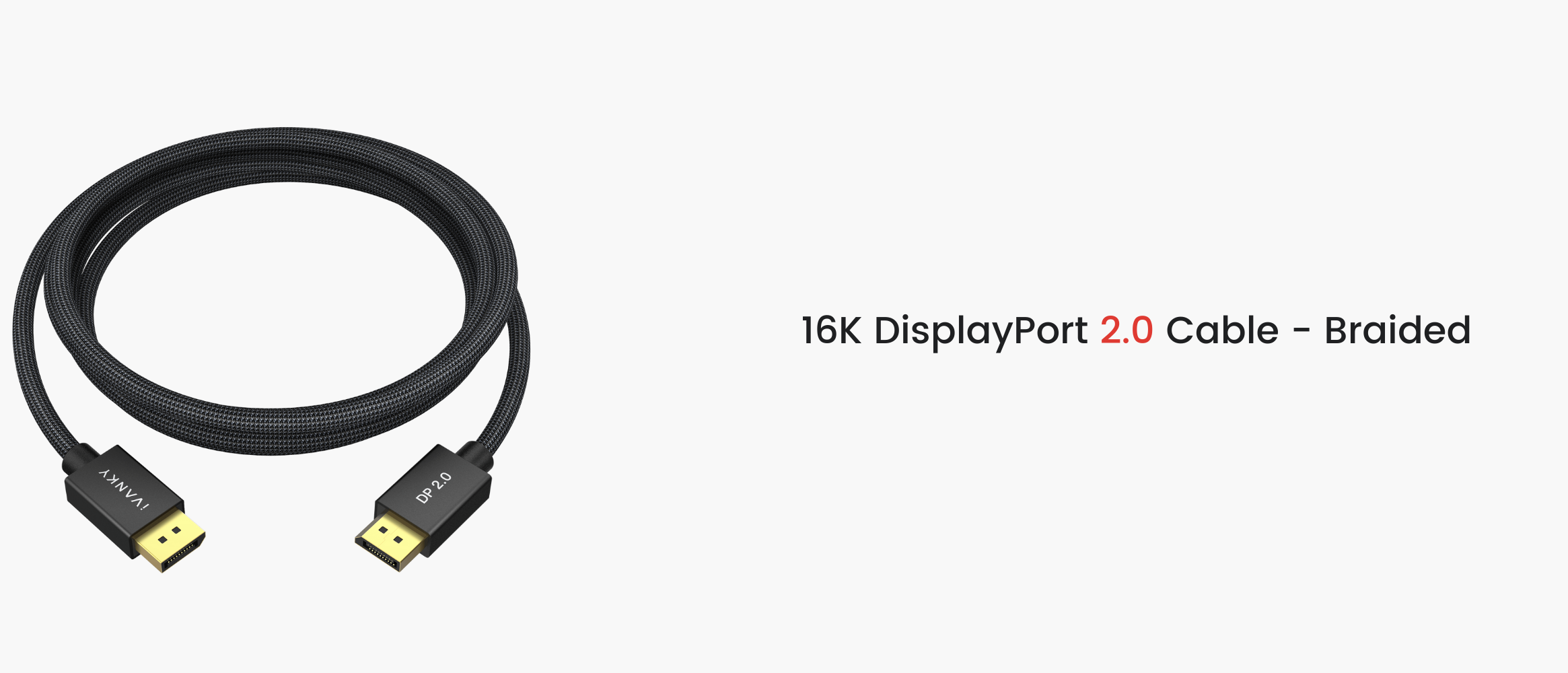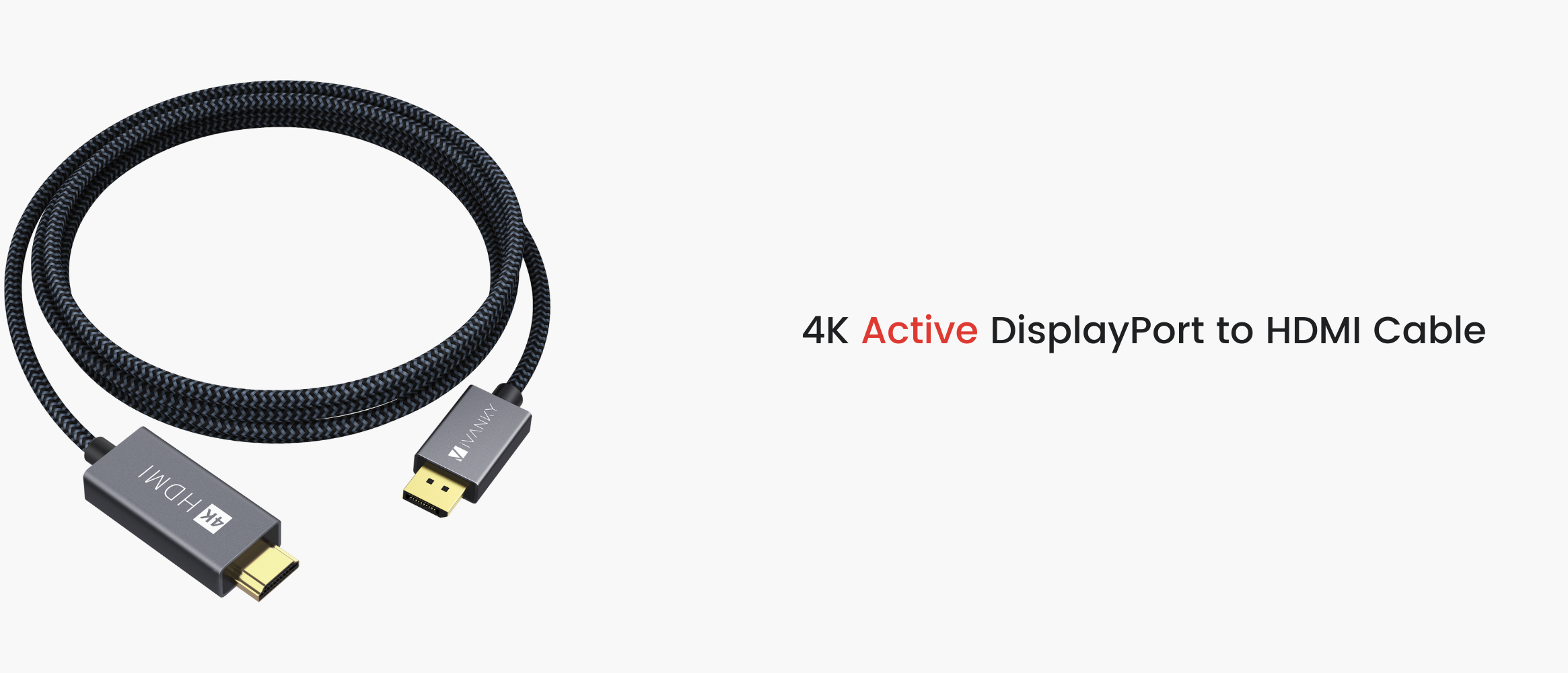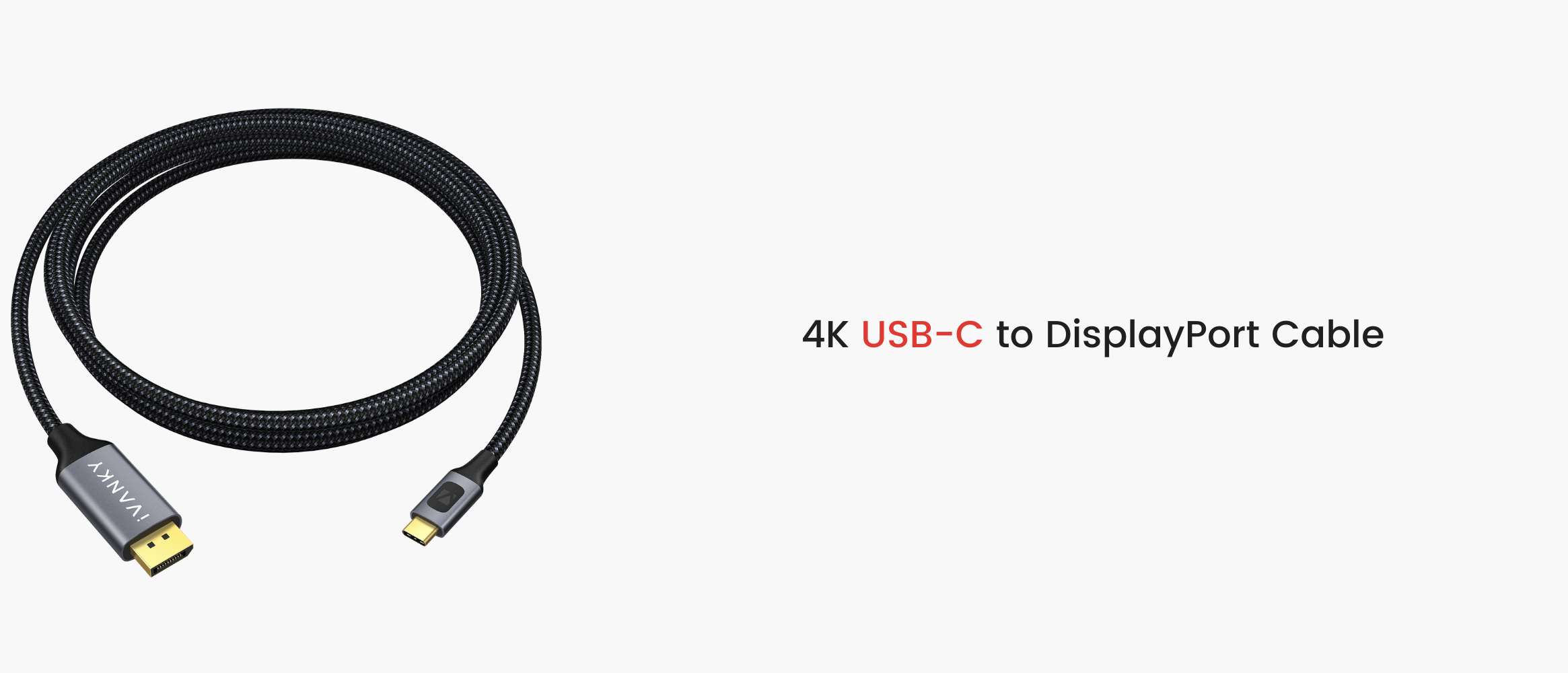FAQ about DisplayPort: All You Need To Know!
1. What is the latest version of DisplayPort?
The latest version of DisplayPort was released in June and called DisplayPort 2.0.For more information on DisplayPort 2.0, see the article here.
2. What are the major differences between those DisplayPort versions?

3. What are the important features of DisplayPort 1.4?
- Higher resolution: support 8K (7680 x 4320) @ 60Hz video transmission.
- Better gaming experience: supports 144Hz screen refresh rate under 4Kresolution.
- MST evolution: it can output two displays with resolution up to 4K at the same time.
- Others: support 32 channel audio transmission, FEC compression technology, and HDR META transmission technology, etc.
4. What are the important features of DisplayPort 2.0?
- DisplayPort 2.0 enables up to 3X increase in video bandwidth performance (max payload of 77.37 Gbps).
- First standard to support 8K resolution (7680 x 4320) at 60 Hz refresh rate with full-color 4:4:4 resolution.
- With the Display Stream Compression (DSC) technology, the highest resolution can reach a stunning 16K (15360 × 8640).
- DP 2.0 possesses excellent multi-screen support improvements: connects three 4K monitors at 90Hz, or two 8K monitors at 120Hz.
- Higher refresh rates and high dynamic range (HDR) support at higher resolutions.
- Improved support for multiple display configurations.
- Improved user experience with augmented/virtual reality (AR/VR) displays, including support for 4K-and-beyond VR resolutions.
- Advantages of DP 2.0 are enjoyed across both the native DP connector as well as the USB Type-C connector.
- Support for visually lossless Display Stream Compression (DSC) with Forward Error Correction (FEC), HDR metadata transport, and other advanced features.
5. How is DisplayPort different from HDMI? Which one is better?
Ask yourself: What are you going to use cables for?
Choosing HDMI cables or DisplayPort cables can be flexible. Different needs may have different choices.
What do you use the cable for? Watching videos? Playing games? Generally speaking, HDMI dominates living rooms, but DisplayPort stands in the unique position of being popular amongst PC gamers.
To learn more about the differences between DisplayPort and HDMI, check here.
6. Does DisplayPort support audio?
Yes, DisplayPort supports multi-channel audio and many advanced audio features. DisplayPort to HDMI adapters also include the ability to support HDMI audio.
7. Can DisplayPort support 3D Stereo?
Yes, DisplayPort includes protocol support for transmitting left and right eye display data. DisplayPort 1.4a supports 4K Stereo at 120Hz frame rate with full 24 bit 4:4:4 color.
8. Does DisplayPort include content protection capability?
Just like DVI and HDMI, DisplayPort supports HDCP content protection. DisplayPort 1.4a supports the latest HDCP 2.2 content protection that is required for the latest premium AV contents.
9. The DisplayPort on my monitor is a DP 1.2, Can I get a DP 1.4 cable?
Of course, DP 1.4 is backwards compatible with older DP versions. But you’ll only get DP 1.2 features.
10. How to daisy-chain multiple monitors from a single DisplayPort?
There’re two requirements:
- A PC/laptop with a DisplayPort 1.2 port.
- DisplayPort-compatible monitors with both 'In' and 'Out' DisplayPort jacks.
Please notice that the majority of DisplayPort monitors do not feature two ports. Additionally, the last monitor in the chain doesn't need to have an 'Out' jack, as it will only receive input.
11. What’s an Active DisplayPort cable? Do I need it?
It all depends on your personal needs. Check out the list below:
- Do you need the final resolution and refresh rate to be at least 4K@60Hz?
- Do you need a looooong cable? (for home theater setup, office layout, mall layout, etc.)
- Do you need to connect two different interfaces (normally speaking)?
If you say yes to one or two questions, go ahead and choose active DisplayPort cables!
For more information about active DisplayPort cables, see the article here.
12. What is DP Alt Mode?
DisplayPort Alt Mode is a feature that utilizes USB-C for a full range of DisplayPort 1.4 features. It allows the physical USB-C port to support other video and data formats - one of which is DisplayPort.
13. I have a 1080P @240Hz monitor, which cable should I get?
A DisplayPort 1.2 cable will do the job. You can also get a DP 1.4 or even DP 2.0 cable and get ready for the future.
14. I have a 34" ultrawide with 3440x1440 resolution, which cable should I get?
If your monitor is running at 60Hz, a DisplayPort 1.2 cable should be fine. If it’s a high-refresh-rate gaming monitor, you will need a DP 1.4 cable to run at 144Hz.
15. What is the Pin 20 issue? Will it damage my graphics card?
The VESA specification shows that both the source and the sink are supposed to provide power at 3.3V+-10% and 500mA on the DP_PWR pin, which is the notorious pin 20.
According to the VESA specification, pin 20 is not wired at all. The issue can be avoided by using a properly wired DisplayPort cable.
For more information on the pin 20 issue, please see the article here.

